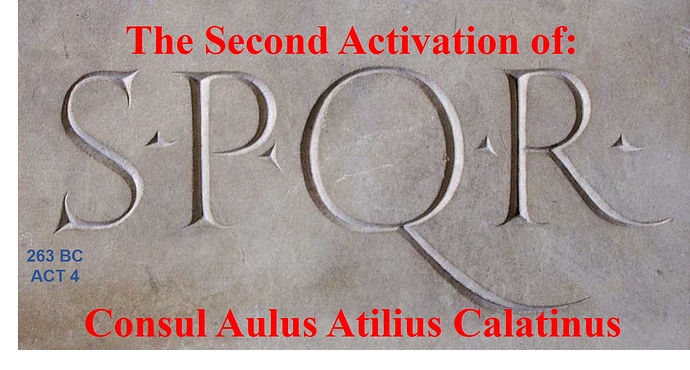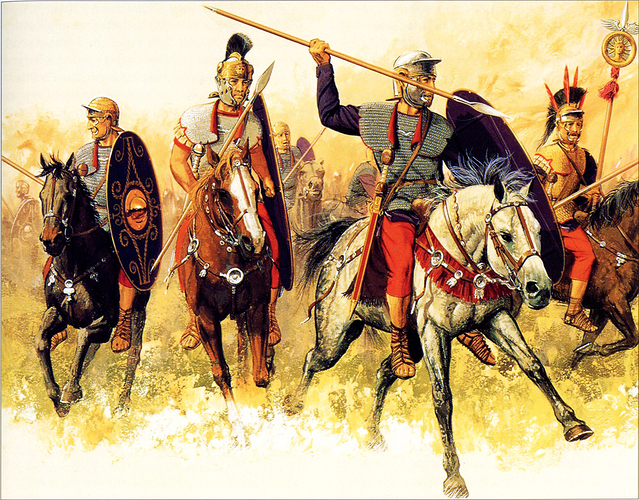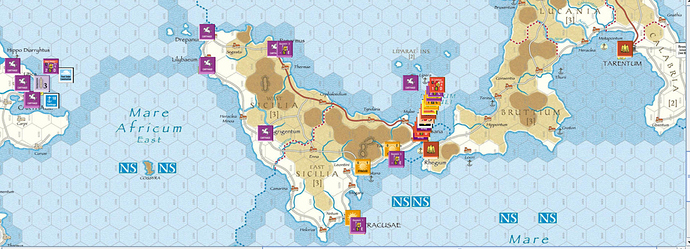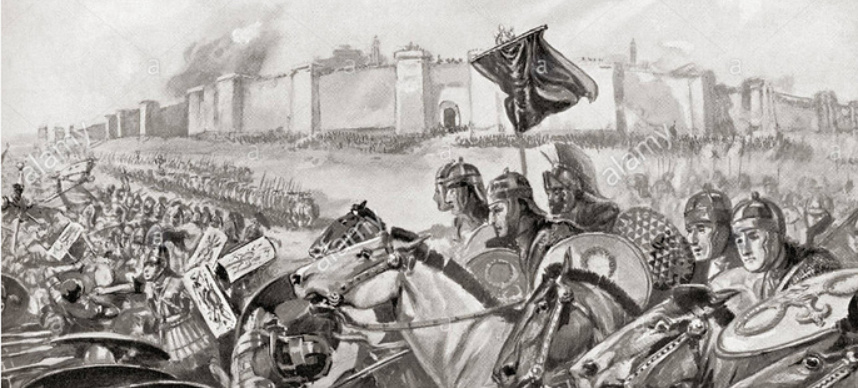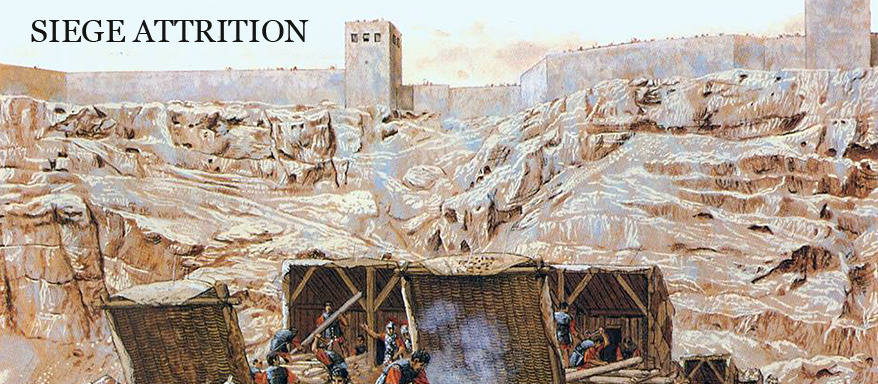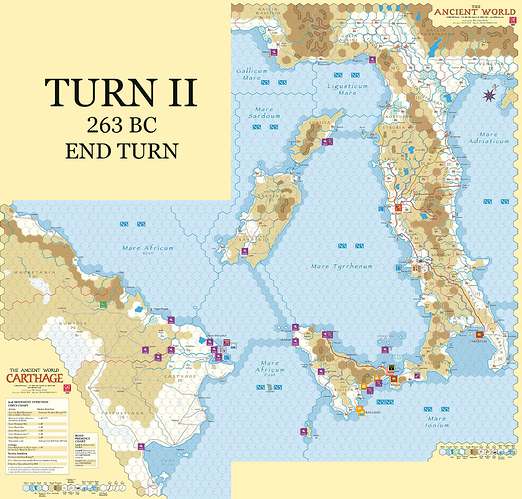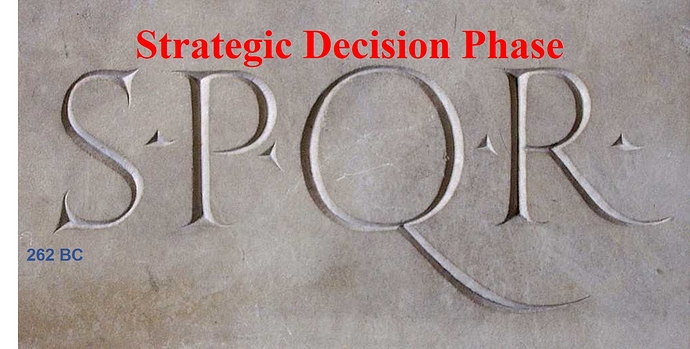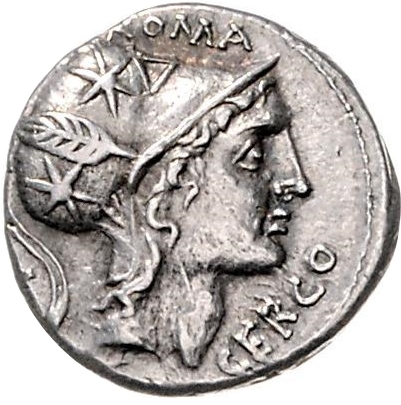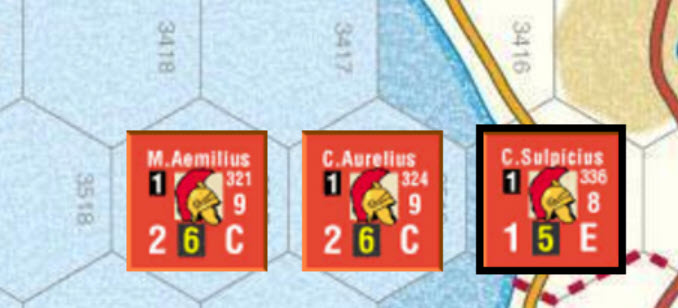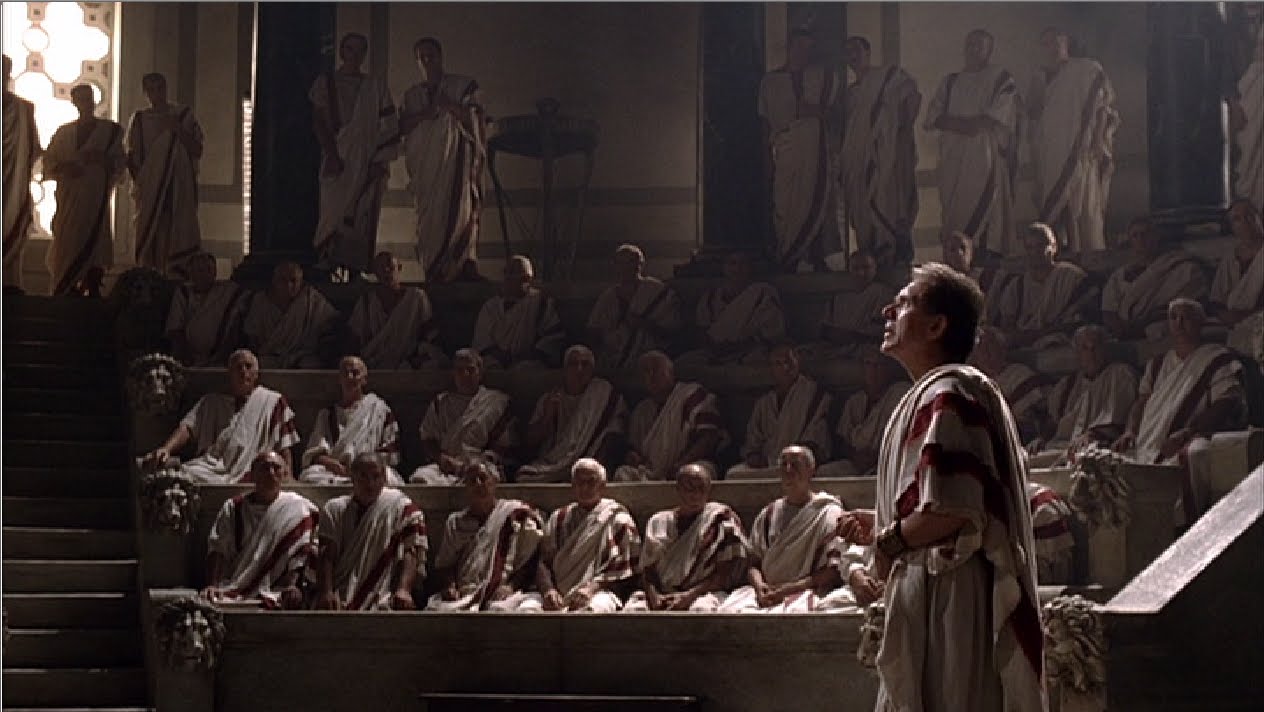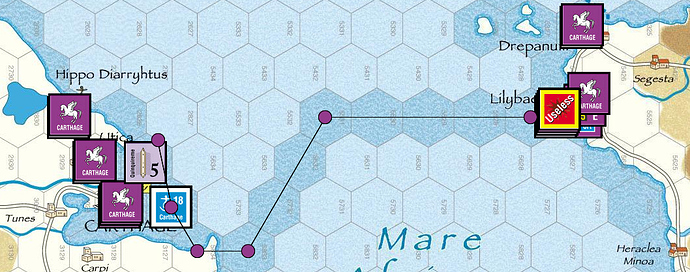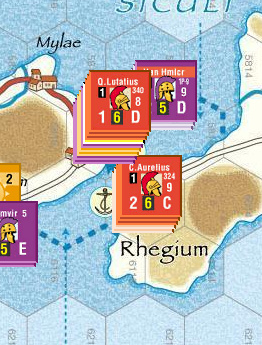Ok, now we will narrate a bunch of activations in a single post, because the situation becomes static and there are now battles. Most of the activations we will see are either siege attrtition or passes.
At the battle of Messana, the Carthaginians used their cavalry to screen the infantry and save some SP. The idea is that soon we might break the siege, and cavalry inside a city is not only useless, it’s aliability, adding twice their SP in attrition SP.
But of course, despite the early Roman misjudgement and the advantageous position we are in, Messana is still in Roman hands, and we have a field army camped next to us that could attack at any moment.
However, the garrision inside the city, under the command of Fulvius, is really minor now. And there’s hope the defenders will surrender soon.
[Player commentary] Ok, so the second half of 263BC will be pretty uneventful. Everything I can activate is besieging the city and thus not really worth doing anything with (I don’t really have the strength for an assault), and the Roman player is in a similar position. The plan is to activate my fleets when the chit comes and move them so that the siege rolls hurt the small garrison left in the city and I can take it.
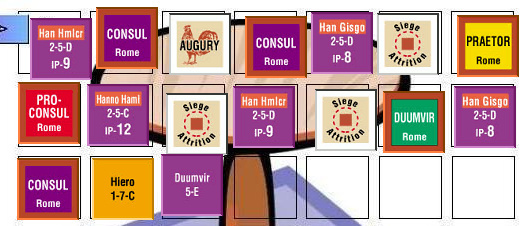
And as you can see, the activations for the turn fell exactly on the worng side, with all three siege attrition chits coming up before I could move by squadrons.
The first two siege attrition rolls were really good for the Roman player, and Messana held with two infantry SP inside.
However, the third siege attrtition did it. Despite the duumvirs being sleeping at their helms.
Messana falls!!!
The siege has been grueling for Hanno’s army, with 9SP total lost along the 3 rolls. The Carthaginians, however, are not that keen on the Syracusans. This is an alliance of convenience and they know the only reason Hiero is not diding with the Romans is because they are not doing that well. So Hanno makes the cruel decision of withdrawing rations from the Syracusans, who lose all their army to attrition.
[Player’s commentary] This forbids me from reinforcing the army (had the Carthaginians taken loses I could raise them next turn, while I can’t raise Syracusans) however I will have enough SP in the city to be willing to risk it, and this way an eventual Syracusan flip is not that damaging and won’t add yet another enemy army in Sicily.
Hanno’s starving army is surprised when the doors of Messana open and the few remaining soldiers (just Flavious’s guard and a some militia, small enough to not be represented at the game’s scale) offer surrender. Hanno reacts quickly and enters the city before the Roman field army can react. Carthaginian scouts have been good at keeping the two sides from communicating to each other. They watch the Carthaginians take the city where they suffered the grueling siege late last year. Where 4 legions melted away… All those deaths for nothing yet…
Flavius, having surrendered, walks towards the field army and joins their ranks… Silently.
Then the Romans (pulling the consul chit) lay Messana under siege. The sides have flipped. All is different yet all is still the same.
If the Carthaginians manage to hold Messana until late 260BC, thaey could have a chance to trigger the auto victory condition. However, that’s easier said than done…
Situation at the end of the turn:

